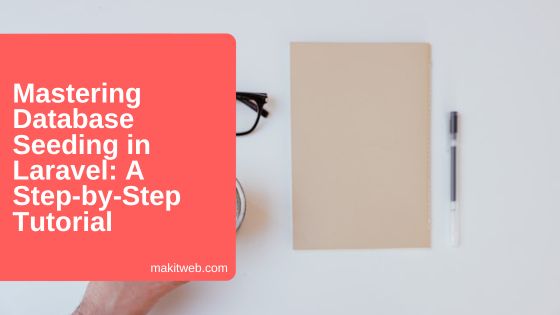Looking to add a live autocomplete search feature to your Laravel 10 application? You’re in luck! This article can help you implement this amazing feature using Livewire and without any need to worry about Alpine.js. With the new autocomplete search, users can find information quickly and easily for an enhanced user experience.
To start, the reader will be guided through a step-by-step process for setting up the necessary components. First, creating a database table and defining the required model. Then, create a controller and set up the required routes.
Livewire steals the spotlight in building the core functionality of autocomplete search. Real-time suggestions are handled smoothly by Livewire, eliminating unnecessary struggles with searching. A user-friendly view will be created to showcase the beauty of both the search box and its results; no need to worry about leaving anyone hanging.
By the end of this tutorial, readers will discover a fully functional autocomplete search feature perfectly aligned with their Laravel 10 application. The best part? No Alpine.js or client-side JavaScript is necessary! Livewire’s impressive capabilities create an exceptionally smooth and fast autocomplete search experience for your Laravel app. Join us on this exciting journey as we get started!





